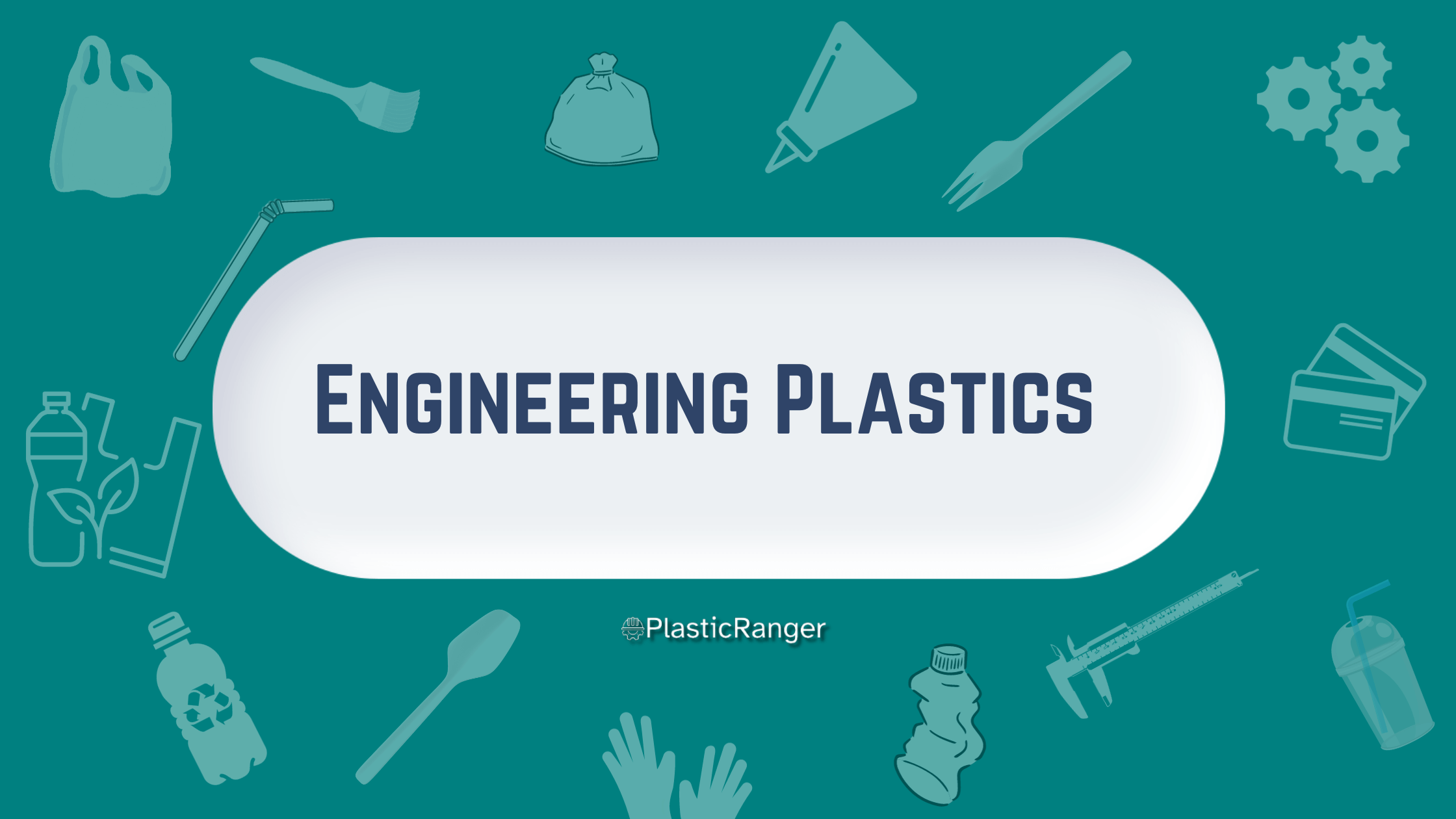Engineering Plastics: A Brief Overview
Engineering plastics are a category of polymers that possess superior mechanical and thermal properties compared to the more commonly used commodity plastics.
Due to their enhanced performance attributes, these plastics are ideal for more challenging and demanding applications, often replacing metals or other traditional materials in various industries.
Distinguishing Features
Mechanical Strength: Engineering plastics are known for their high tensile strength, impact resistance, and stiffness. They withstand rigorous conditions and repeated mechanical stresses, making them perfect for structural applications.
Thermal Stability: These polymers can endure higher temperatures without losing their general properties. This is essential for parts exposed to heat during their lifecycle.
Chemical Resistance: They can resist various chemicals, oils, and solvents, so they don’t degrade quickly when exposed to aggressive environments.
Dimensional Stability: Engineering plastics have a low coefficient of thermal expansion, meaning they won’t expand or contract much with temperature changes.
Electrical Properties: Some engineering plastics have excellent insulative properties or can be modified to be electrically conductive, depending on the requirement.
Popular Types of Engineering Plastics
Nylon (Polyamide): Known for its impressive strength, abrasion resistance, and chemical stability, nylon is widely used in automotive components, gears, and bearings.
Polycarbonate (PC): With its unique blend of transparency and density, polycarbonate is a preferred material for items like eyewear lenses, CDs, and bullet-proof windows.
Acrylonitrile Butadiene Styrene (ABS): ABS combines toughness with rigidity. It is popular in manufacturing consumer electronics, automotive parts, and toys (like LEGO bricks).
Polyethylene Terephthalate (PET): Best known for its role in producing plastic bottles, PET offers excellent chemical resistance and mechanical properties.
Polyacetals (POM or Acetal): This category includes plastics recognized for their fatigue resistance and low friction. They’re common in precision parts like gears or bearings.
Applications
Due to their specialized properties, engineering plastics have found applications across a myriad of industries:
Automotive: Components like fuel lines, body parts, and interiors, where durability, weight reduction, and thermal stability are crucial.
Electronics: Used in connectors, insulating parts, and structural components of devices.
Aerospace: For parts that need to be lightweight yet strong.
Medical: Devices that require strength, chemical resistance, and biocompatibility.
Construction: In applications that demand long-lived materials and resistance to environmental factors.
Quick Navigation

